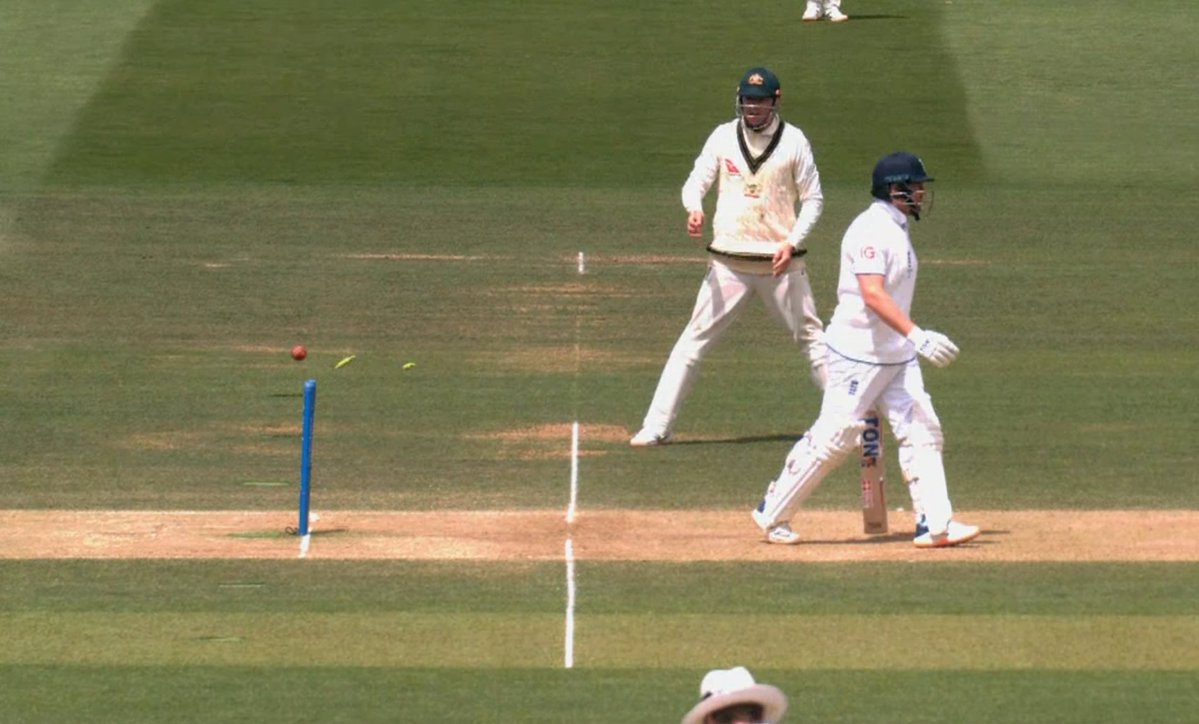Australian captain Pat Cummins extended his support to his wicket-keeper Alex Carey for running out England’s Jonny Bairstow on Day 5 of the second Ashes Test match at Lord’s.
The controversial run-out took place in the 52nd over of England’s innings as Bairstow and Ben Stokes sought to rebuild after the dismissal of Ben Duckett. Jonny Bairstow assumed that the ball was dead, and started to walk outside the crease. However, displaying remarkable awareness, keeper Carey seized the opportunity and threw the ball directly at the striker’s end, catching Jonny Bairstow well short of his ground.

Pat Cummins Backed Alex Carey For Controversial Run-Out
Jonny Bairstow’s run-out stirred controversy in the cricketing fraternity as there were many who felt that the run-out was against the spirit of cricket.
Meanwhile, after the Australian cricket team won the game Pat Cummins talked about the controversial run-out. He said: “I think [Alex] Carey saw it a few balls previous, there was no pause, he catches it and throws it straight at the stumps. I thought it was totally fair play. That’s the rule. Some people might disagree [with it] but just like the catch yesterday, the rule is there and that is the way I saw it.”
On Sunday, the England captain Ben Stokes admitted to BBC Test Match Special after the match they he would’ve withdrawn the appeal had it happened under his watch. Stokes’ stand wasn’t a surprise considering how English players tend to lay more emphasis on “Spirit of Cricket”. He said:
“Would I want to win a game in that manner? I think the answer for me is no.”
When asked about Stokes’ statement on the run-out, Pat Cummins responded with an “Okay” without feeling the need to provide any more explanation.
What does the rule say?
As per the MCC’s Laws of Cricket, particularly law 20.1.2, the ball is considered dead when both the fielding side and the batter at the wicket no longer regard it as in play. However, in this particular case, the fielding side considered the ball to still be in play and dismissed Bairstow.

